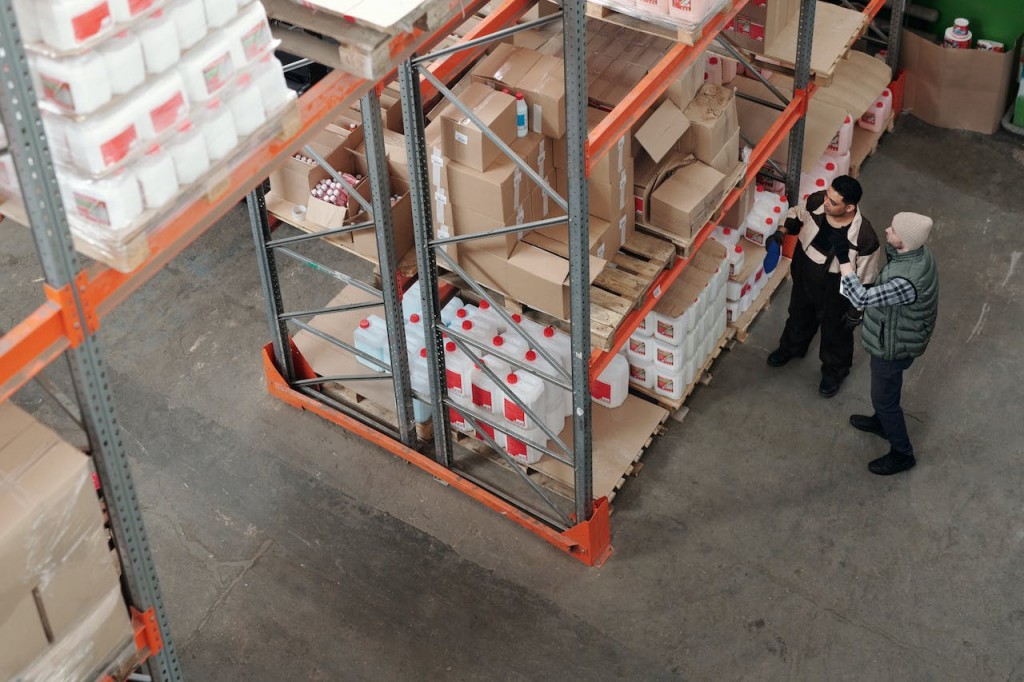In the dynamic retail sector, bulk storage organization often stands as the line separating organized, easy-going operations from chaotic disarray. A survey conducted by the National Retail Federation sheds light on the critical importance of this aspect. Their data indicates that the average shrink rate in FY 2022 increased to 1.6%, up from 1.4% in FY 2021. That might sound like a small percentage, but from a total retail sales perspective of 2021, that translates to losses of $112.1 billion. The stakes are high, and meticulous storage strategies are essential.
This blog post will dive into practical tips on how retail business owners can optimize their bulk storage systems, streamline inventory management, and ultimately enhance overall efficiency. These insights can be useful to both experienced and newcomer retailers in terms of a more organized and customer-friendly shopping process.
Assessing Inventory Needs
Before diving into reorganizing your storage space, take the time to assess your inventory needs thoroughly. For instance, if you’re running a fashion store, consider implementing software for apparel management to streamline inventory analysis, allowing you to identify high-demand items and slow-moving products accurately.
Levering the best apparel management software will provide real-time insights into your inventory levels, helping you make informed decisions about restocking and inventory management. By utilizing technology to analyze your inventory needs, you can ensure that your storage solutions align with your business goals and maximize operational efficiency.
Optimize Your Storage Space for Increased Efficiency
Once you have a clear understanding of your inventory needs, it’s time to optimize your storage space. Installing racking and shelving to utilize vertical space further increases storage capacities, limiting expansions of the physical footprint.
Accessibility layouts help in picking and restocking processes, minimizing time and effort in identifying specific items. This will require the use of bins and pallet racking, which can fit large quantities of items in the provided space without hindering access to the items, maximizing every inch of the available area. Utilize advanced shelving systems that are adjustable to efficiently handle different sizes and shapes of products.
Regularly observe your storage layout to spot inefficiencies and areas for improvement and be ready to adapt as required. A retail business owner striving for efficiency in storage can create a more organized and productive environment, thereby maximizing storage capacity.
Categorization and Labeling
Specific and well-defined labeling for bulk storage organization must be put in place. Clearly mark shelves, bins, and pallets so that products can be quickly identified, reducing the chances of wrong products being taken out during picking and restocking.
Moreover, categorize inventories based on frequency of use or product type to make operations easier and the search for products quicker. Regularly update and manage labels to prevent confusion and ensure inventory management accuracy. This will also help your team members locate items quickly and accurately.
Efficient Replenishment
Efficient replenishment is one of the critical components of optimal inventory levels and customer demand. When it comes to restocking, designate areas specifically for receiving inbound shipments and their unpacking. This ensures ease in restocking and the smooth transition of new items into your facility. Proper restocking operations should involve sorting merchandise by category upon receipt and making it less intrusive to your daily activities.
Regularly update the inventory replenishment process based on demand variability and lead times to reduce the risk of product obsolescence in a first-in, first-out manner. This will reduce the chances of spoilage or expiration of products while ensuring that older inventory is used first to minimize waste.
Regular Maintenance and Review
Storage areas must be inspected regularly to schedule an organized method of storing materials and to identify areas requiring improvement. Schedule inspections of storage areas to maintain cleanliness and organization, and to identify potential trouble areas. Conduct periodic reviews of stock levels and storage methods to identify areas for optimization and efficiency gain.
However, keep evolving business needs in mind when adopting this approach. Use feedback from staff to gain more insights and ideas on how to organize your bulk storage in a way that fosters a culture of continuous improvement within your organization.
Effective bulk storage organization is foundational to the success of retail businesses, impacting critical aspects from inventory management to customer satisfaction. By ensuring easy access to inventory, optimizing storage spaces, implementing clear labeling and categorization systems, refining replenishment processes, and conducting regular maintenance and reviews, businesses can significantly enhance efficiency and productivity.
A well-organized storage system not only facilitates smooth operations but also directly contributes to an improved shopping experience for customers. Thus, prioritizing bulk storage organization is not merely a preference but an essential requirement for thriving in the competitive retail landscape.







Thank you for these helpful tips! As a retail business owner, maintaining organized bulk storage has always been a challenge for me. I especially appreciate the suggestion to label everything clearly – it sounds simple, but it can make a huge difference in efficiency. Implementing a regular inventory rotation system is also something I hadn’t thought about before, but it makes perfect sense to ensure that older stock gets used first. I’m definitely going to incorporate these strategies into my storage routine to streamline operations and improve customer service. Great article!